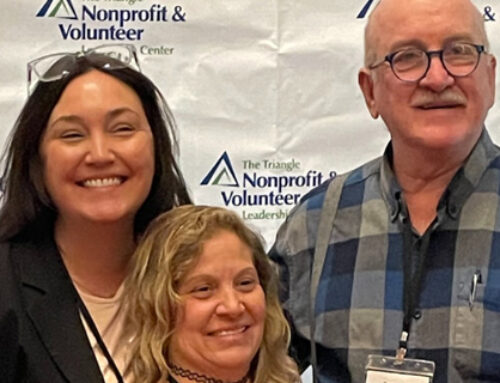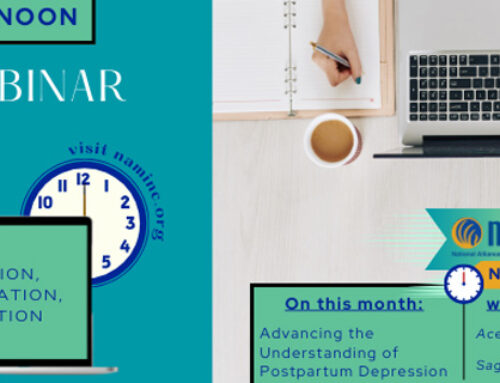Post-Traumatic Stress Disorder is a psychiatric disorder that may occur in people who have experienced or witnessed a traumatic event, series of events, or set of circumstances. Although every person has biological responses and instincts to perceived threats or trauma, people with PTSD have symptoms of trauma response that last far beyond the instigating threat.
PTSD affects 3.5% of the U.S. adult population, but women are more likely to develop the condition then men. Latinos, African Americans, and Native Americans are also disproportionately affected.
What can cause PTSD? PTSD was originally understood as a result of combat and war, but it doesn’t just happen to combat veterans. Examples of instigating trauma include natural disasters, serious accidents, sexual assault, bullying, and abusive relationships.
Though it’s not an officially recognized disorder by the DSM-5, Post-Traumatic Relationship Syndrome (PTRS) is a newly proposed subcategory of PTSD specifically for those who experience trauma in an intimate relationship. Symptoms of PTRS are generally not as severe, but can greatly affect a person’s success in developing future healthy relationships.
What does PTSD look like? Sufferers can experience a wide range of symptoms that fit into the following categories:
- Intrusive Memories – flashbacks, nightmares, intrusive or destructive thoughts
- Avoidance – staying away from events or objects that are reminders of the trauma. A person may also have trouble remembering the trauma, or feel cut off emotionally.
- Dissociation – out-of-body experiences, feeling that the world is somehow “not real”
- Hypervigilance – startling easily, feeling tense or angry all the time, or trouble sleeping
Symptoms in children look very different, including being unable to speak, being excessively clingy, or having outbursts of angry or aggressive behavior.
How can PTSD be treated? There are several positive treatment options used for PTSD, and many patients find the best efficacy in a combination of treatments.
- Medications – Most medications will not treat all cases of PTSD. However, given the high co-occurrence of depression and anxiety disorders, treating the symptoms of these disorders with antidepressants or mood stabilizers can help people participate more effectively in psychotherapy remedies.
- Psychotherapy – From talk therapy to Cognitive Behavioral Therapy (CBT), there are several research-based ways to help PTSD sufferers access and reframe the memories around their trauma. EMDR (eye movement desensitization and reprocessing) is a newer method of reprocessing memories to make experiencing them less negative.
- Peer Support – Talking through traumatic experiences with others who have experienced similar things helps people feel less judgmental of themselves and more encouraged in their recovery.
Recovering from PTSD can take years, but full recovery is possible. If you or a loved one suffers from PTSD, please know that you are not alone.
Our Helpline is available for compassionate talk, helpful resources, or both. Contact us Monday – Friday, 8:30am – 5:00pm, at (800) 451-9682, text (919) 999-6527, or email helpline@naminc.org.
Sources





